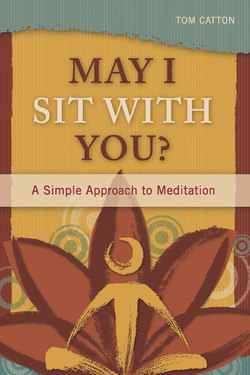Читать книгу May I Sit with You? - Tom Catton - Страница 17
На сайте Литреса книга снята с продажи.
ОглавлениеCHAPTER SEVEN
EQUANIMITY
Equanimity has become my compass to guide me through life’s array of challenges. It protects me from my own denial system when I want to avoid unpleasant feelings and circumstances. It teaches me to accept praise and rejection equally, with the same attitude of gratitude. Equanimity enables me to observe and embrace anything that is in my life, and to do so without judgment, simply because it’s in my life.
When I had about thirteen years in recovery, I went through a divorce, and the pain of the separation broke my heart wide open. This, of course, turned out to be a gift. I started working the Twelve Steps again with a passion I hadn’t experienced before. The steps seemed more important and revealing than my first time working them. I found myself opening the door to life like never before. Somehow I knew I had to let go of judgment of whom I would let into my life and whom I wouldn’t. Everyone and everything became important. I began to let in whatever and whomever appeared.
My new mantra became “Maybe, maybe not.” The Christian mystic St. Francis of Assisi compelled us all to “wear the world as a loose garment, which touches us in a few places and there lightly.” Wearing life more loosely, in order to keep things simple as they appeared in my life, I became interested in seeing what was to be offered.
The dharma (teachings of the Buddha) has given us equanimity as our defense against suffering. All situations become opportunities to grow spiritually when attended to without judgment or labeling them as “good” or “bad.”
